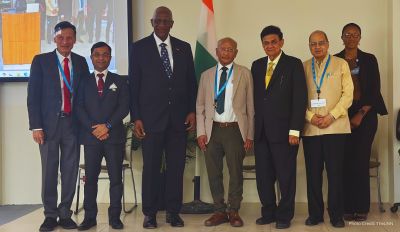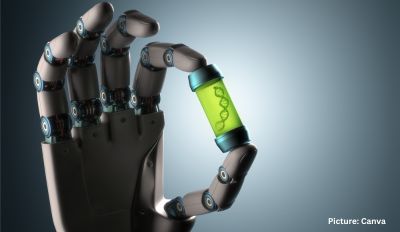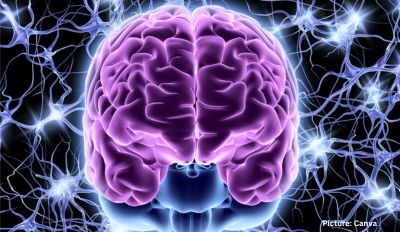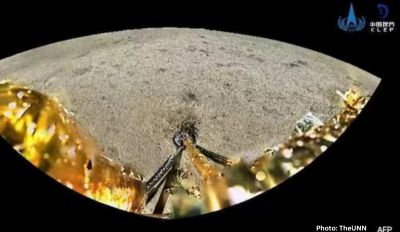Indian Americans Vedika Khemani, assistant professor of physics at Stanford University, and Mansi Kasliwal, California Institute of Technology Astronomy Professor, have each been named recipients of the New Horizons in Physics prize from the Breakthrough Prize Foundation. The prize is nicknamed the “Oscars of Science.” The Breakthrough Prize Foundation’s sponsors include Sergey Brin, co-founder of Google; Facebook founder Mark Zuckerberg and his wife Priscilla Chan; Russian-Israeli entrepreneurs and venture capitalists Yuri and Julia Milner; and Anne Wojcicki, CEO of the personal genomics company 23andMe.
Two Indian researchers from the University of Cambridge in England also won this year’s prize. Sir Shankar Balasubramanian, in the Department of Chemistry at the University of Cambridge, was honored with the Life Sciences prize for developing next generation sequencing technologies, which allowed for immediate identification and characterization of the Covid-19 virus, rapid development of vaccines, and real-time monitoring of new genetic variants.
“Before their inventions, re-sequencing a full human genome could take many months and cost millions of dollars; today, it can be done within a day at the cost of around $600. This resulted in a revolution in biology, enabling the revelation of unsuspected genetic diversity with major implications from cell and microbiome biology to ecology, forensics and personalized medicine,” noted the Breakthrough Prize Foundation in a press statement. Balasubramaniam was knighted in 2017.
Suchitra Sebastian, a condensed matter physicist at Cavendish Laboratory, University of Cambridge, received a New Horizons Prize in Physics for her work with “high precision electronic and magnetic measurements that have profoundly changed our understanding of high temperature superconductors and unconventional insulators,” according to a press release. According to a press release issued by Stanford, time crystals, like all crystals, are structurally arranged in a repeating pattern. But, while standard crystals – like diamonds or salt – have an arrangement that repeats in space, time crystals repeat across time forever. Importantly, they do so without any input of energy, like a clock that runs forever without batteries.
Khemani’s work offered a theoretical formulation for the first-time crystals, as well as a blueprint for their experimental creation. But she emphasized that time crystals are only one of the exciting potential outcomes of out-of-equilibrium quantum physics, which is still a nascent field, noted Stanford. The researcher described her work as creating a “checklist” of what actually makes a time crystal a time crystal, and the measurements needed to experimentally establish its existence, both under ideal and realistic conditions.
Khemani sees great promise in these types of quantum experiments for physics. “While many of these efforts are broadly motivated by the quest to build quantum computers – which may only be achievable in the distant future, if at all – these devices are also, and immediately, useful when viewed as experimental platforms for probing new non-equilibrium regimes in many-body physics,” she said, in a press release issued by Stanford. “None of the world is in equilibrium; just look out your window, right? We’re starting to see into these vastly larger spaces of how quantum systems evolve through experiments,” said Khemani, who is on the faculty in the School of Humanities and Sciences and a member of Q-Farm, Stanford’s broad interdisciplinary initiative in quantum science and engineering. “I’m very excited to see what kinds of new physics these new regimes will bring. Time crystals are one example of something new we could get, but I think it’s just the beginning,” she said.











